The term “metaverse” refers to the intersection of physical and virtual spaces that are accessed via computers & enhanced by immersive technology like virtual reality Augmented Reality and mixed reality. The concept is referred to by its proponents as an evolution that is the Internet the virtual world in 3D virtual reality is thought of as permanent and shared communal space that is populated by digital replicas of ourselves are able to can freely move from one place and another bringing our identity and financial assets with them.
The notion of digital parallel world where people can live things in ways similar to but not as realistic on the earth dont come from new era Theyre old fashioned dating back to the invention of the internet.
the idea of blending digital and physical reality was made more concrete in the last decade due to technological advancements including the universal use of smartphones and the introduction of high speed internet to games that are popular like Pokemon Go made the idea of virtual world seem less absurd.
Industry wide investments in metaverse enabling technology and the rise of online games and breakthroughs in AI and the rapid growth of social networking as well as remote work triggered by COVID 19 have prompted greater technological advancement and accelerated users use of the internet.
In the fall of 2021 Facebook changed its name Meta and made announcing the investment of $10 billion in the creation of virtual experiences which prompted people to proclaim Meta as the worlds future computer interface. Bill Gates jumped on the trend saying that the meetings would shift from the screen to the world of metaspace in two to three years. It was bit premature however.
What has happened in the world of metaverse? Is it dead?
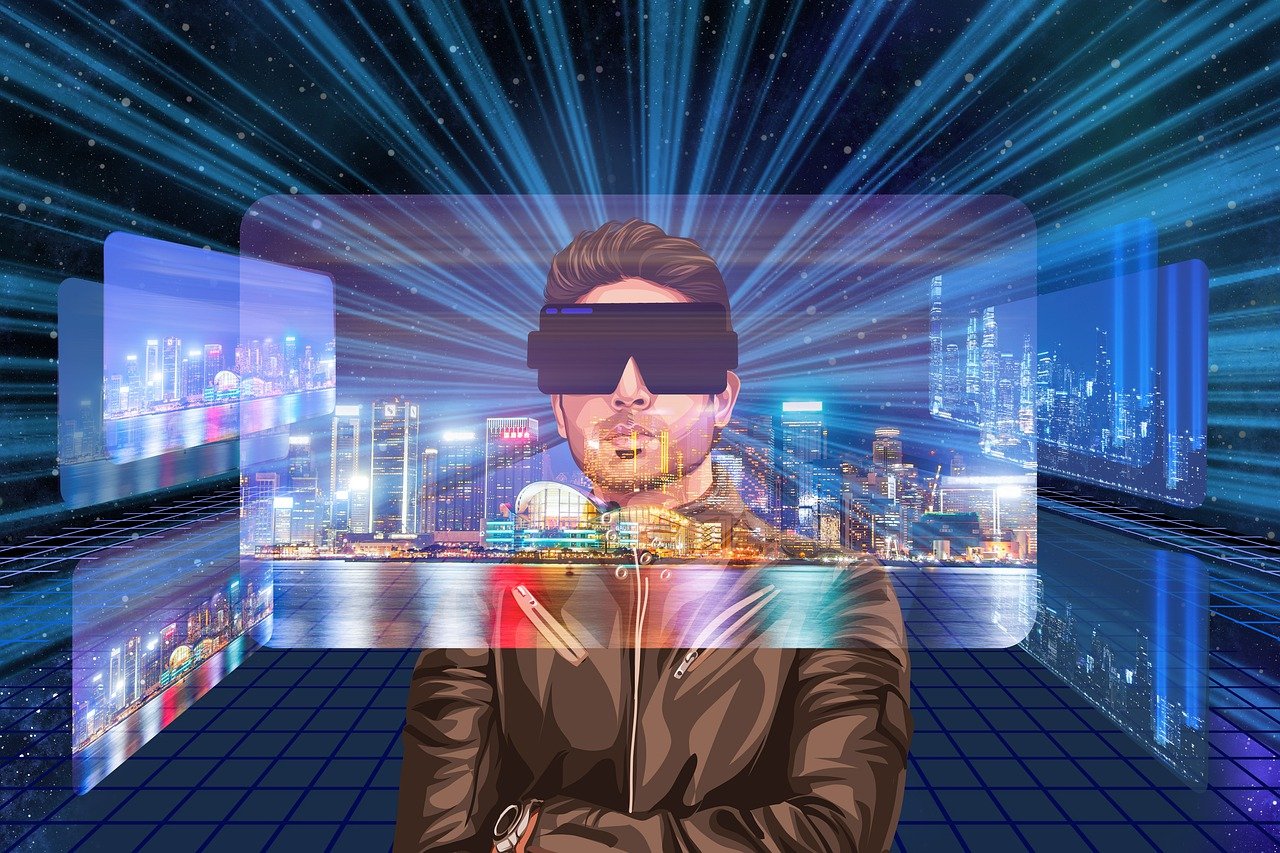
Then in the latter half of 2022 around the moment that the ChatGPT service caught all the attention of the world The metaverse bubble burst. The financial losses that followed were significant including Metas $13.7 billion loss of operational revenue in the Reality Labs division for 2022 overall. Microsoft eliminated employees from their Mixed Reality Toolkit and HoloLens teams. Cryptocurrency fell and users who wanted to go back to their prior COVID lifestyles were not seeking out extended reality technology.
The losses for the Metas Reality Labs unit increased to $16.1 billion in 2023 and Disney shut down its metaverse division. The media reported that the metaverse had died. Reactions to the metaverses over marketing was rejection by the industry of the word in itself. When it launched in 2024 its Apple Vision Pro headset Apple was one of the first companies to do so. was careful to distance this device from the metaverse by describing the device an entry point into the realm of spatial computing..
The comparisons between virtual reality augmented reality & mixed reality summarized.
Metaverse technology is essential for business
The vision of rapid development of real time virtual environments where people interact shop and even socialize @ the ease of their sofas has diminished the metaverse remains alive. The components of it are getting momentum as technology and graphics for augmented and virtual reality which are aided by AI and machine learning continue to boost. Technology advancements including eye tracking which makes use of sensors to observe and record eye movements will make your visual experiences more enjoyable.
In what is called the industrial metaverse which is exemplified with the Omniverse platform organizations are creating digital replicas for the purpose of designing and analyze physical objects. Companies are also with VR (VR) for training purposes. educate employees & using Augmented Reality (AR) in order to display data on objects in real life to benefit employees perform more effectively.
Customers in e commerce want virtual goods which “tie back to the physical world” compatible to an report from June 20 2023 by McKinsey research report that declared that the metaverse market commerce by itself from food and clothing to home and fitness “from home and food to fitness and apparel” in the worldwhich could generate “$5 trillion in value creation by 2030.” The study by data gathering company Statista estimates the market for metaverse commerce @ $74.4 billion by 2024. It estimates that by 2030 with an annual growth @ 38% the market will be $507.8 billion with more than 2.6 billion people together it.
A metaverse reference to the business
What can companies expect out of tech phenomenon thats hot one moment but cold the next & in the process of reinventing its brand? TechTargets metaverse guide examines where this fast developing set of technologies is in the present and what its going to do.
These topics cover the many technology as well as platforms supporting this metaverse as well as ongoing issues real world use examples as well as the impact of the metaverse on working practices in the coming years. The readers can click the links to additional TechTarget content for deep dives into these topics and others in addition for our detailed definitions of the most important metaverse terms as well as innovative techniques like the digital thread as well as Gaussian platting.
A brief overview of metaverse
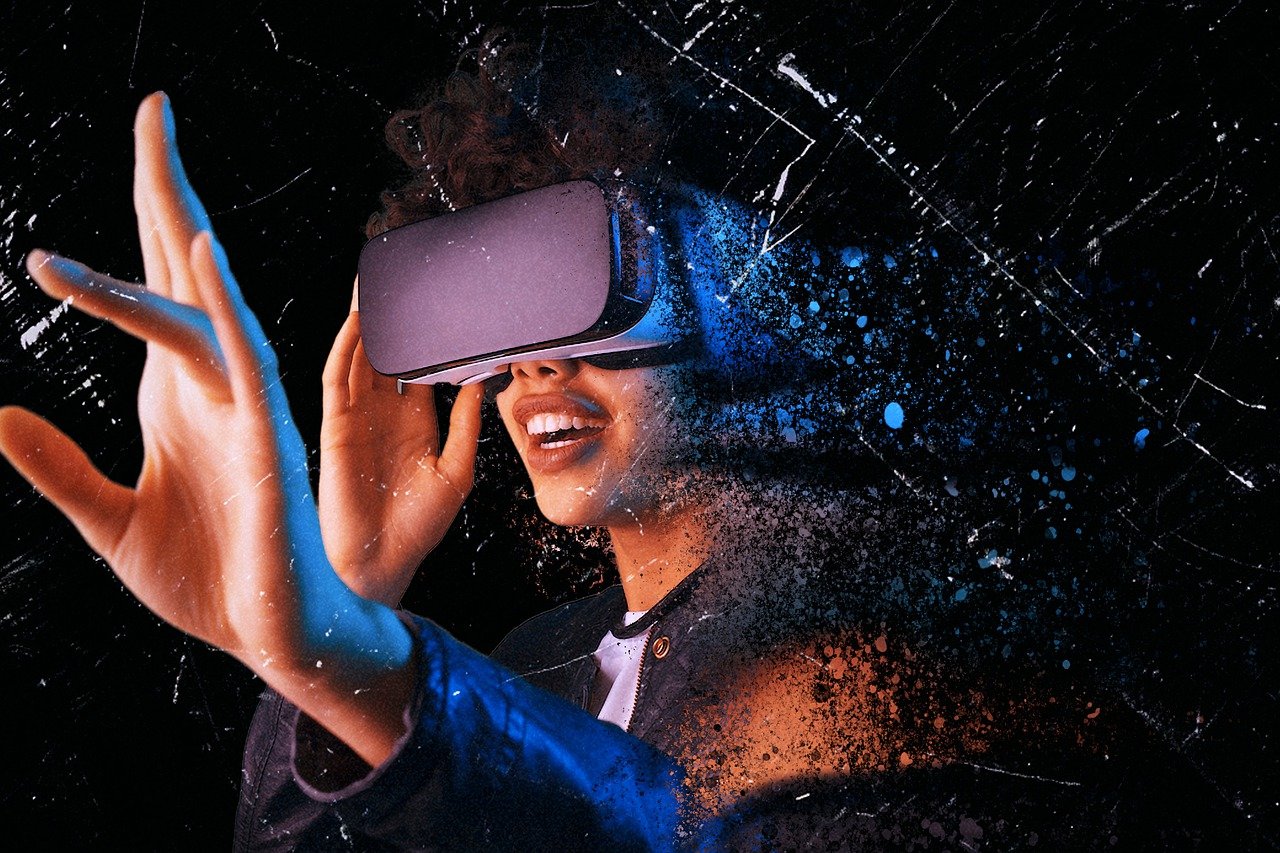
The latest hype surrounding the metaverse hides an long standing tradition that goes all the way back to the early 1900s in which the term entered the lexicon but within fictionalized setting.
The author Neal Stephenson coined the word metaverse in his dystopian 1992 science fiction novel Snow Crash to define virtualized world in which the status of people was determined in part on the technical skills that their virtual avatars. Apart from introducing the idea of virtual avatars Stephensons portrayal of connected 3D environment is believed to have inspired real life internet based programs like Google Earth and NASA World Wind.
Another book that popularized the metaverse was Ernest Clines Ready Player One published in the year 2011 and later turned into film directed made by Steven Spielberg. The novel depicted world where the people can escape from real world challenges by going to The Oasis it is digital universe that is accessible together the VR headset as well as haptic gloves which grant tangible sensations. This haptic feedback became an essential metaverse component.
The foundational technology that supports real metaverse are from the 1960s. Metaverses history is comprised of two more hype waves which are now largely forgotten and the second one was during the 2000s in which the use of the groundbreaking Second Life virtual community plateaued following its initial expansion as well as the second one in 2010 when the very first VR headsets didnt prove as the way into the universe that their creators believed they would be. Both failed attempts led to major technological developments but.
Heres sample of the pioneers whose work was integral to the notion that the universe is metaverse. An illustration of complete timeline of the milestones in metaverse technology will be provided.
The dawn of virtual reality
American filmmaker as well as inventor Morton Heilig created the Sensorama in the year 1962. The device mechanically recreated the feeling of riding on motorcycle in New York City by with 3D movies vibrating chairs fans as well as piped in smells. The Sensorama was one of the very first interactive multimedia experiences.
American Computer scientist as well as Turing Award winner Ivan Sutherland developed his revolutionary computer software Sketchpad in 1963 while students @ MIT and laid the groundwork for the modern day computer graphics as well as computer human interaction.
Jaron Lanier also an American computing scientist started his groundbreaking work in VR in the late 1980s creating one of the first commercial VR headsets and gloves for data.
World Wide Web
British computing science researcher Tim Berners Lee invented the worlds first open source web server browser & editor during the latter half of the 1980s and the early 1990s. creating the World Wide Web connected network of websites graphic and multimedia providing information that is accessible and easy to navigate.
Online role playing games that are multiplayer
Numerous designers and developers such as Richard Garriott Raph Koster as well as Mark JacobsMark Jacobs and Richard Garriottintroduced MMORPs during the 90s and into the 2000s. showing the viability commercially of virtual games that were large in scale.
Second Life
in 2003 computer programmers and entrepreneurs Philip Rosedale and his colleagues @ Linden Labs launched Second Life It was an online platform designed for making immersive permanent interactive virtual worlds that are created by users.
VR revival
The development of virtual reality technology began in 2010 and were spearheaded by such people as the likes of from Oculus VR now part of Metas Reality Labs and the developers from Sony Google Unity Epic Games and other independent studios who influenced VR usage.
Bitcoin blockchain & NFTs
A fictional Satoshi Nakamotocreated Bitcoin which was the first cryptocurrency decentralized and created the first open blockchain together the proof of work algorithm 2009.
In 2015 the Russian Canadian developer Vitalik Buterin and Gavin Wood Gavin Wood Gavin Wood British Computer scientist from the UK created Ethereum an Ethereum based blockchain platform which introduced smart contracts. These contracts allowed the development of applications that were decentralized and also digital tokens. These include fungible and not fungible tokens. Ethereum is an Ethereum platform has the ability to accommodate autonomous metaverse systems like virtual economies as well as governance systems.
Other noteworthy metaverse characters
In order of random partial listing of the other metaverse enabled devices includes:
- Mark Zuckerbergof Meta.
- Tim Sweeney of Epic Games.
- Jens Bergensten of Minecraft fame.
- Sam Mathewsof Fnatic.
- Tim Cookof Apple.
- Jensen Huangof Nvidia.
- Peggy Johnson of Magic Leap.
- Sam Altman of OpenAI.
The idea of the metaverse has been around for long time. Heres chronology of important milestones.
Whats the metaverses operate?
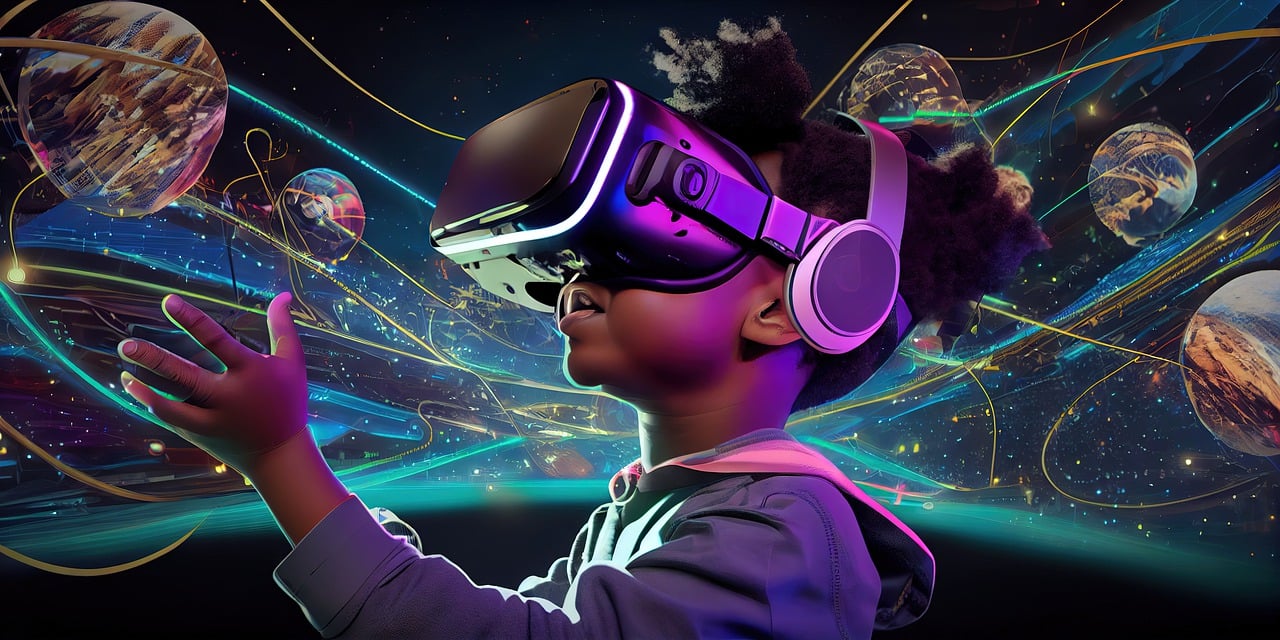
In his most sought after guide The Metaverse: How It will Change Everything the writer Matthew Ball defined the metaverse in the following terms:
“A massively scaled and interoperable network of real time rendered 3D virtual worlds that can be experienced synchronously and persistently by an definitely unlimited number of users with an individual sense of presence and with continuity of data such as identity history entitlements objects communications and payments.”
The metaverse is not fully developed currently as there exist various models of what the metaverse might look in the future and what technologies can drive it. It will be open to the public and offer level of interoperability between platforms? Will it serve as multiverse with several worlds independent of each other which share very the same details?
At the 2022 MIT Platform Strategy Summit Lauren Lubetsky senior manager @ Bain & Company outlined three possibilities in the metaverse which still are valid today:
- The metaverse continues to be niche of niche apps utilized by gamers and consumers to entertain themselves gaming but falling from complete virtual real world.
- The metaverse is governed by massive ecosystems that competesuch as Apple and Android meta worlds but with limited interoperability.
- Metaverse is dynamic multi dimensional interoperable and open space similar to the web however in 3D.
The metaverse does not yet exist as distinct entity it isnt able to be described with exactness the way its expected to function. In general terms the metaverse can be described as an ecosystem of digital technology that is built upon different types of 3D virtual technology such as real time collaboration software & decentralized financial tools based on blockchain.
The level of interoperability between different virtual realms and data transferability as well as user interfaces will be determined by what the metaverse will eventually become.
Is complete metaverse on the way?
Nowadays businesses utilize the term “metaverse” to describe variety of types of enhanced environments. This includes games that are played online such as Fortnite and virtual workspaces such as Microsoft Mesh or Metas Horizon Workrooms to dressing rooms that are virtual as well as the virtual rooms for operating. Instead of singular common virtual space that is currently in use the metaverse is actually growing into variety of metaverses that have little interoperability as businesses jockey to be in the top position.
The uncritical excitement about the metaverse as well as doubt about how it will be realized has some observers wondering if the metaverse is going to look very different than the experiences that we enjoy in the present and should it be then will the public be able to sit for all day long in headsets navigating the digital world.
However others such as the engineer and entrepreneur Louis Rosenberg who helped in the creation of one of the early mixed reality technologies @ Stanford and also the U.S. Air Force in the 1990s in the beginning believe that the “immersive future” is inevitable.
“We will just think about one life. One reality & it will be combined world of the real and the virtual” declared Rosenberg who is the chief executive officer and scientist of Unanimous AI. “That is the metaverse.”
What is the method by which the metaverse can be accessible?
Virtual reality as well as augmented reality are two technology areas that are considered to be crucial to the growth and expansion in the world of metaphysics. Heres why:
- VR simulates 3D environment that allows users to engage with their virtual environment in manner which is similar to reality as it appears by our senses. The virtual reality that we experience is generally accessible via the use of VR headset which can completely take over the users field of view. Haptics such as vests gloves or even full body tracking suits favor more authentic interaction with the virtual world.
- AR can be less immersive than VR. AR is not as immersive as. The technology adds digital overlays over the actual world with technology for rendering digitally. It allows users to engage with their environment in real time. Game Pokemon Go is an early illustration of AR. Google Glass and head up displays that are found on windshields of cars are widely known users of AR items.
If VR as well as AR experiences will turn out to be the main interactions of the metaverse is to be determined. Presently lot of the experiences that are similar to those provided by gaming platforms like Roblox Decentraland and Minecraft are accessible via mobile or desktop devices as well as with high speed internet connection.
Whats the distinction between the web and metaverse?
The web is global network comprised of billions of computers million of servers as well as other electronic gadgets. When online Internet users can connect with each with each other browse and interact with websites and trade and buy goods as well as services.
The metaverse isnt competing with the internet it is built on top of the internet. Although the internet is utilized mostly to browse but the metaverse provides the most immersive experience in which individuals are able to “live” to degree within virtual worlds. The rapid growth of the internet has created variety of applications that shape the metaverse.
“In gaming you see Roblox Minecraft and other immersive video games and even Zoom foreshadow what the metaverse is designed to offer” explained Ben Bajarin CEO and the principal analyst @ Creative Strategies.
A deeper look What is the way VR and the metaverse connect to one another

VR is usually linked to the metaverse however the two terms dont necessarily mean the same thing. Specific VR technology such as focus on providing the means for interfacing with the larger multiverse.
With this role of access VR can assist in range of metaverse related use cases. In particular VR can combine with the related field of digital twin technology. This can enable organizations to build virtual models of physical devices such as machines processes or even people. Technologists can make use of this VR feature of the digital twin to mimic different issues alike to Johna Till Johnson CEO and co founder of Nemertes Research.
VR helps to build the industrial metaverse
Virtual reality and digital twinning offer additional several of the essential foundations for an emerging industrial metaverse. Industrial metaverses will connect digital twins to larger virtual world that includes manufacturing facilities machines as well as supply chains.
Industrial design is yet another exciting method of using VR. Companies can use VR in order to evaluate the impact of various design choices. Additionally they can build virtual prototypes which can save the expense to create physical models.
Companies are also using VR in order to grant safety training for employees especially in situations where mistakes made by employees can lead to injury. Workers on assembly lines can learn using virtual setting prior to going to the work area as well as emergency response personnel could make use of VR disaster simulations for practice in safe setting. In fact risk reduction is one of the main work related benefits from these VR based applications compatible to Ria ODonnell who is the writer of Transformative digital Technology to Improve Workplace Learning.
VR lays the foundation for healthcare metaverse
In the field of healthcare VR could improve surgical education in that surgeons can perform particular on demand procedure for as long as they like resulting to lower learning process. Medical researchers are also examining possibilities of using virtual reality for health care within disciplines like the management of pain and pediatrics. The applications could be the earliest remnants of what could develop into metaverse for healthcare where VR can be used in conjunction with different technologies including blockchains and digital twins.
VR helps corporate training
Other companies VR applications include preparing to handle complex situations like astronaut training institutional knowledge transfer in order to preserve employees experiences when they retire as well as empathy classes to benefit employees of customer service as well as Soft abilities training.
For the second it is true that VR could help with for soft knowledge education in number different ways. VR for example outcome in higher rate of class completion alike to PwC study. In the research conducted by the consulting firm students completed VR based soft talent learning up to 4 times faster than traditional classes in classroom. similar study found that that participants could be @ least 75% better confident about the soft talent acquired by undergoing VR based training.
This greater confidence stems not just from VRs interactive learning strategies however it also comes from the capability of students to continually practice abilities within relaxed environment. Training will certainly become major metaverse item given its capability to create virtual scenarios that are that are too costly or difficult to replicate in the real environment.
The technologies they employ play unique and crucial parts in the evolution in the world of metaspace.
Other metaverse technology
Other technologies in the same way as VR as well as AR can play an important role in defining the metaverse. The definitive list of these technologies of these technologies is still to be formulated. Many industry experts are wary of formulating the techniques that be the basis of this metaverse. This is due to the fact that the metaverse is in flux as well as because the instruments operating in the metaverse are comprised of diverse technology.
Gartner For instance Gartner has outlined metaverse technology using the term “tech themes” which comprise spatial computing digital human beings shared experiences gaming & tokenized assets. Forrester Research characterizes metaverse tools as “enablers of 3D development environments.” The fact is that professionals adept in 3D modeling as well as IoT in the development of digital twins are among the talents firms will be looking to fill the vacancies.
However that these techniques are typically anticipated to have the largest impacts on metaverse evolution over the coming decade:
- Artificial intelligence.
- IoT.
- Extended reality that includes AR VR as well as mixed reality.
- Brain computer interfaces.
- 3 D model and reconstruct.
- Edge and spatial computing.
- Blockchain.
What do the metaverse relate to web 3.0?
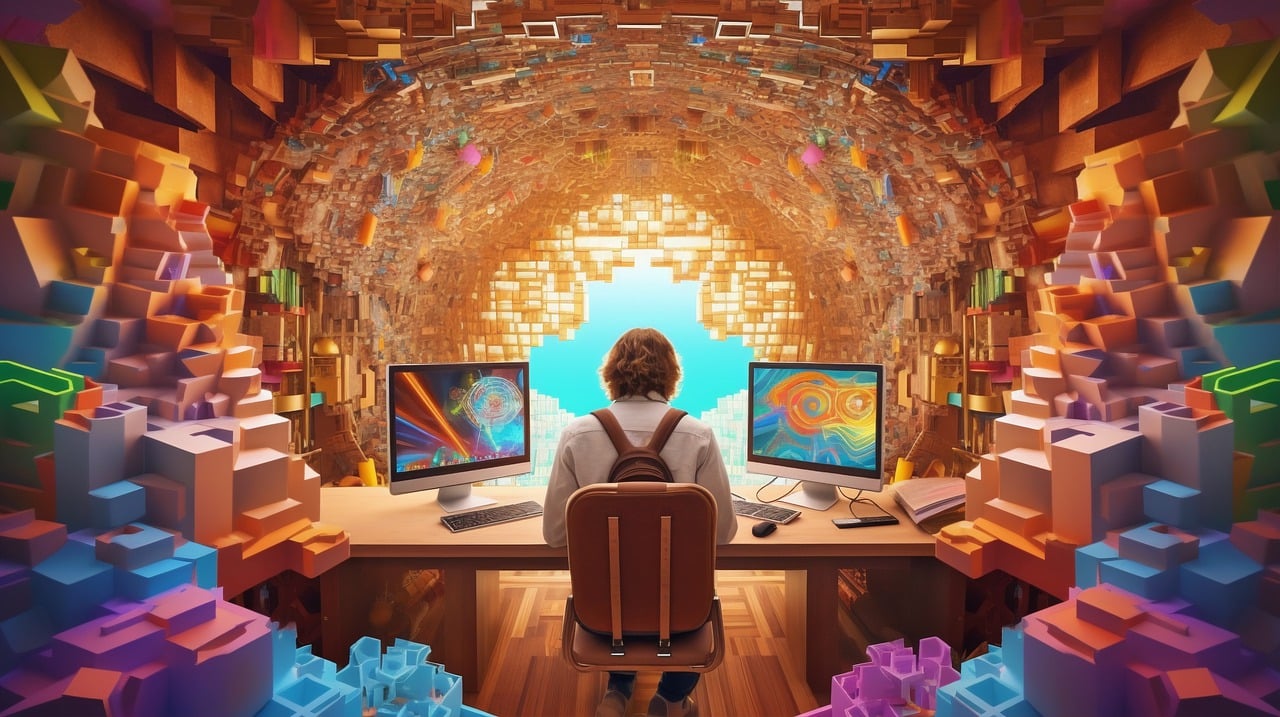
The words web and metaverse 3.0 are often employed interchangeably however they are distinct ideas. Web 3.0 also known as Web3 is concept of the web that is characterized by these features:
- Decentralization.
- Blockchain integration.
- Interoperability.
- Digital ownership.
- Cross platform compatibility.
Web 3.0 aims to decentralize the web by detaching from the central servers and platforms run by large corporations and giving the users greater control over their digital assets as well as interactions. Blockchain is an essential technology that provides the foundation to decentralize applications as well as digital currency. Interoperability allows different systems to transfer and utilize information as well as cross platform compatibility ensuring the application can operate on various devices and platforms.
It is full immersive connected digital world that allows users to seamlessly communicate with one another and digital objects in real time Metaverses are expected to be central feature within Web 3.0. It is based on the same principles such as more control for the user & is likely to employ several of the latest technology such as blockchain technology and AI.
Metaverse companies
The metaverses prospects have fluctuated and faded with fluctuating economy as well as the rapid growth of artificial intelligence or AI and generative AI so do corporate plans. This is selection of businesses arranged alphabetically with focus on enterprise services. These companies are typically regarded by analyst companies like Gartner and Forrester and other analysts as having significant roles in shaping the metaverse whatever title or form it adopts.
Apple
The Apples metaverse vision has been centered on its Apple Vision Pro headset. Virtual reality glasses called spatial computer according to how Apple refers to it in Vision Pro became in February 2024. They are costing $3500 for pair & made to bring the digital and real worlds closer by allowing users to be immersed in VR and AR experience. The initial reviews included words such as astonishing magical & messy in describing the capabilities of Vision Pro.
AWS
The biggest provider of cloud based services and technology is major player in the growth of the metaverse as result of its storage compute and networking capabilities as well as database AI as well as blockchain solutions. According to stated by Moor Insights & Strategy principal analyst Anshe Sag AWS supports several extended reality businesses such as Meta Magic Leap and Nvidia. Applications of the spatial computing division comprise immersive computing AR/VR to aid in collaboration commerce education & industrial metaverse digital asset management as well as real world simulation.
Epic Games
Epic Games makers of the Unreal Engine software for game developers as well as the online game Fortnite and Fortnite has joined forces together with The Walt Disney Company on their vision for the virtual world. On February 20 2024 Disney bought $1.5 billion stake in the developer of video games for the purpose of creating the “persistent universe” for games as well as entertainment. Disneys acquisition came just one year after closing its metaverse division. Disney has also revealed that it plans to launch Pandora the The World of Avatar Disneys 3 D adventure that is based on the movie Avatarat its Orlando property in Disneyland located in California.
Googles experience in technology like AR/VR and cloud computing spatial computing AI as well as machine learning as well as material creation allows it to play major part in the metaverse. The companys record with respect to metaverse related products it is not impressive. In 2023 Google announced that it was not going to offer Google Glass Enterprise Edition AR smart glasses that were launched in 2013 but did not take off. variety of metaverse projects are being developed which include Project Starline 3D interactive video chat platform.
Meta
“From now on we will be metaverse first not Facebook first” CEO Mark Zuckerberg wrote in the announcement in October 2021 of his brands branding changes that made metaverse an instant popular word & giving an illusion that human beings will soon live their lives within an immersive permanent 3 D virtual reality. Meta could “bring the metaverse to life.”
The search has been difficult for Meta considering that its Reality Labs division chalked up more than $30 billion of losses between 2022 and 2023. Additionally its metaverse related platforms including the online game Horizon Worlds as well as Horizon Workrooms which is an interactive virtual office received mixed feedback. Even though Zuckerberg isnt abandoning Metas pursuit of virtual reality some analysts are noticing that he speaks about metaverses as being mix of digital and physical worlds and in the recent earnings meetings he has focused on Metas research into AI chatbots as well as assistants.
Microsoft
The involvement of Microsoft in the design of the metaverse is spread across variety of areas and product lines. It includes Microsofts mixed reality HoloLens headset Microsoft Mesh immersive workplace platform & Xbox Cloud Gaming apps which were recently released to the Meta VR headset. Microsofts Azure cloud and blockchain solutions and their AI as well as ML capabilities are utilized to improve the metaverse experience. But the focus on AI in the companys Oct. 2023 Ignite event and diverse reductions in Microsofts manufacturing metaverse division caused speculation that Microsoft may be pulling away from technological innovations that are immersive.
Nvidia
Nvidia Omniverse launched in 2022 & specifically designed for the development of applications for the metaverse has been hailed as influencing the direction of 3D and even the metaverse. In using 3D design as well as spatial computing processes based on physics the real time platform is able to create digital twins of factories warehouses & products as well as other infrastructure. Additionally it streamlines the production of 3D related content to showcase products and entertainment as well as enterprise media content that is able to be created on phones computers and other extended real time devices.
Gartner provides four metaverse plan assumptions
- In 2024 @ least 70% of the major cities will utilize digital twins to determine the sustainability of infrastructure projects.
- In 2027 majority of B2C enterprises CMOs will have specific budget for digital human virtual worlds.
- by 2028: 30 percent of B2B VR pureplay companies who do not join an online marketplace are likely to leave the market or get acquired.
- In 2030 20% of users who use metaverses in advanced markets will have had @ minimum fundamental métasuit while interacting with any of the metaverses whether for social or work goals.
What will the metaverse do to influence the future? the dystopian or utopian?
The metaverse is viewed by those who doubt it as simply an extension of digital experience we enjoy today but is not revolutionary or even worse an amplifying of the current social medias problems. This includes the disinformation campaign addiction and tendency toward violence.
However the majority of managers remain confident regarding the metaverses potential despite the slowing of hype adequate to Protiviti Oxford University poll conducted from Jan. to March 2023. majority of the 250 executives who were surveyed believed that Web3 as well as the metaverse are going to have significant impact on the economy as well as their businesses success in the next ten years. Marketing and advertising are marketing have been identified as two of the most important gateways to metaverse usage The majority (79%) of respondents intended to make use of Web3 to engage customers.
North American executives were markedly more enthusiastic about metaverse in comparison to the European as well as Asia Pacific counterparts and staggering 85percent stating the importance of it in the future of their business against 57% within Asia Pacific and just 46% of Europe. Furthermore more than two thirds (65 percent) of North American executives polled said they had already implemented the metaverse in place contrast to only 32% in Europe as well as 27% across Asia Pacific.
What can businesses do to be prepared for the metaverse?

To create successful workplaces in metaverses is more complicated than just transferring existing office environments and procedures onto virtual space. In fact research has suggested that simply converting existing office spaces to the 3D virtual version can lower efficiency and may even lead to motion sickness or nausea. Motion sickness in VR occurs because the brain of the user experiences conflicting messages about movement within virtual environment. businesses that are looking to use virtual reality in their product and marketing strategies ought to be looking to hire and train individuals that “can think in 3D” explained Andrew Cornwall senior analyst with Forrester.
The business should also be ready for concerns regarding user experience including the so called “screen door” effect that restricts usage of VR headsets due to creating mesh like appearance which resembles an open doorway. Selecting headset that has higher resolution and high dpi will lessen the effect.
Like the web in the 90s it is the chance for companies to “shrink the world” stated Andrew Hawken co founder of Mesmerise which is VR technology company. If done right metaverse technologies employed in workplaces can improve the teleworker bond increase collaboration speed in training cut down on the requirement for office space and benefit make workplaces more enjoyable place to work generally. The metaverse may additionally eliminate jobs which will require businesses to train their employees alike to Frank Diana managing partner and chief futurist @ Tata Consultancy Services.
Metaverse challenges
In whatever shape the metaverse will take cybersecurity challenges as well as privacy issues are important issues. In the absence of privacy laws in the metaverse poses number of security risks to users and companies as well such as:
- Incorrect application of privacy laws like GDPR.
- Data collection is extensive and intrusive.
- Concerns regarding data rights and ownership.
- The abuse of minors.
- User to user privacy.
One of the biggest ethical concerns that surround the usage for VR and similar extended reality technology is the revealing of personal mental models. It is concern that XR software has the ability to access the mind of individuals by observing eyes movements as well as other non voluntary responses which reveal internal thoughts that could impact the decisions. This knowledge allows the software to provide highly precise predictions on human decision making and raises questions about the possibility of abuse by corporations. The ethical experts point out that the mental models may be used to create public data for training.
Companies will have to create an effective data privacy policy that is specific to their company as well as work with most prominent metaverse platform owners and standardization organizations to create the security and privacy measures. Additionally customers should be aware of the privacy and security policies of both the organizations that they patronize and the metaverse platforms where the businesses operate.

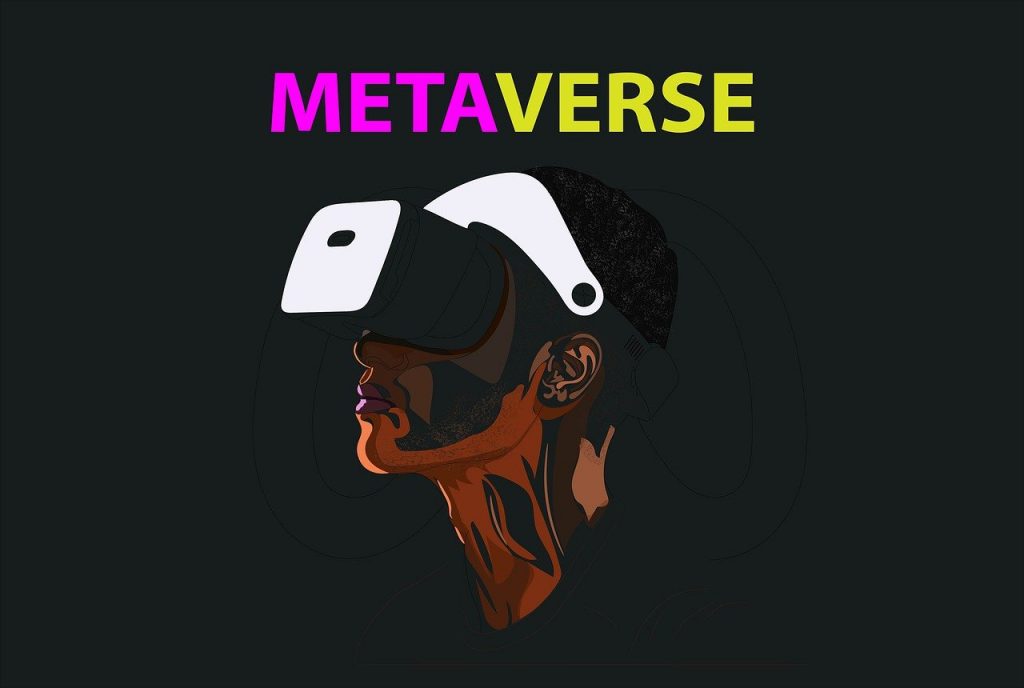
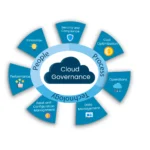





5 thoughts on “Metaverse Guide 2024: Unleash the Future of Digital Worlds”